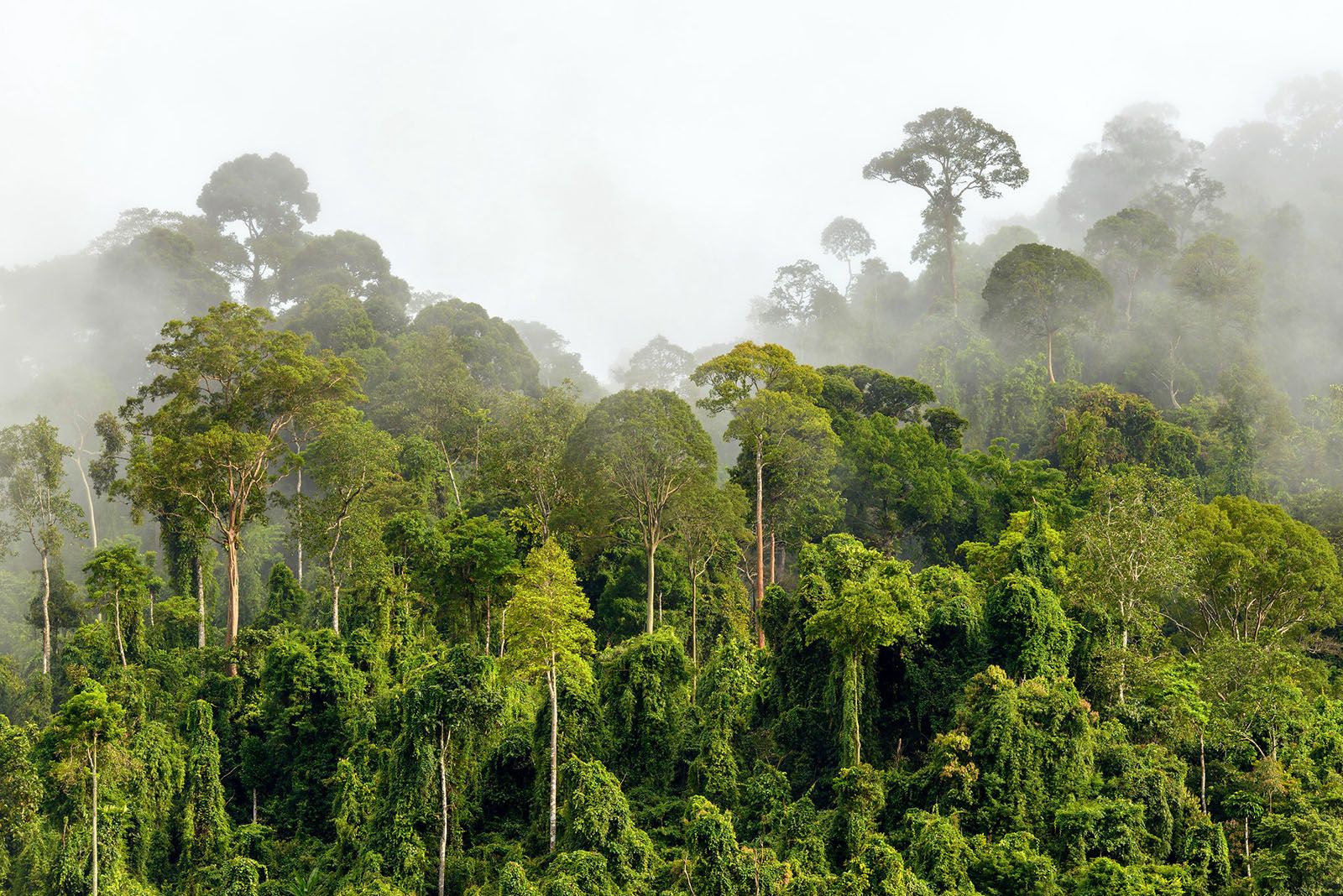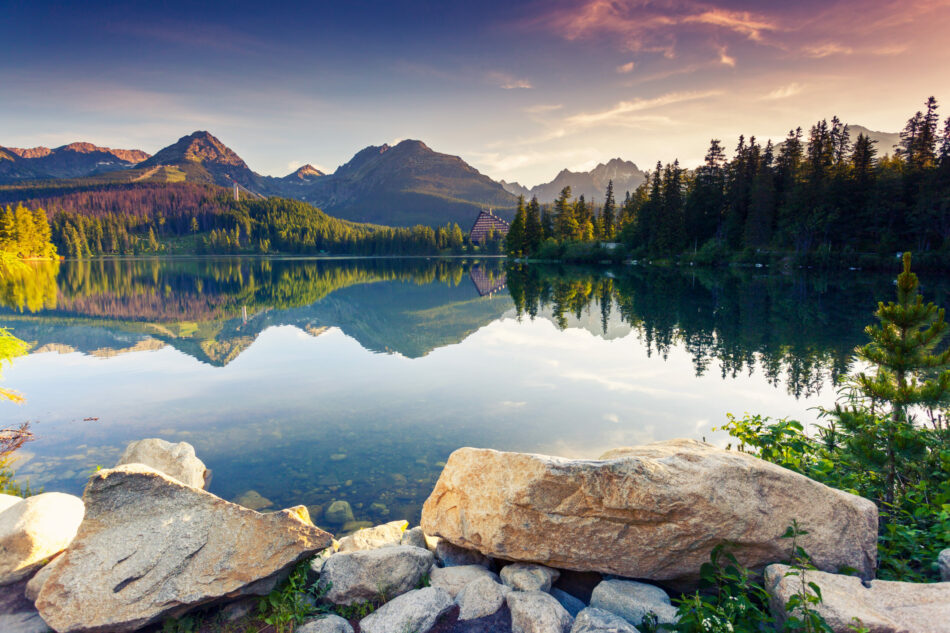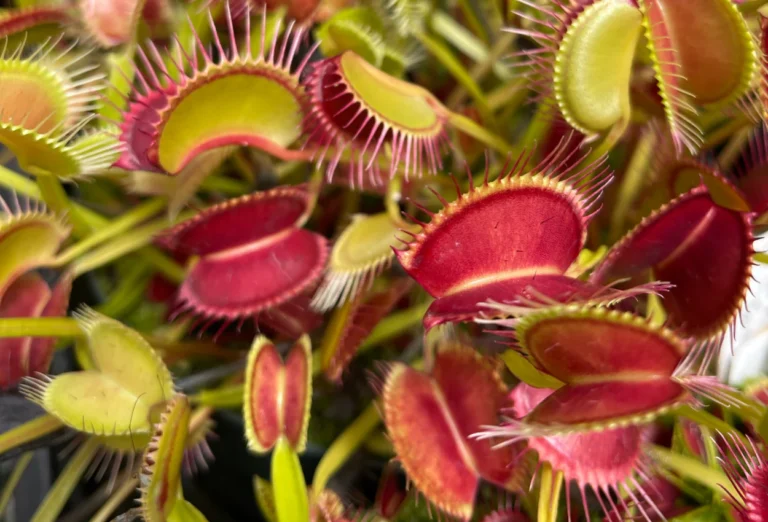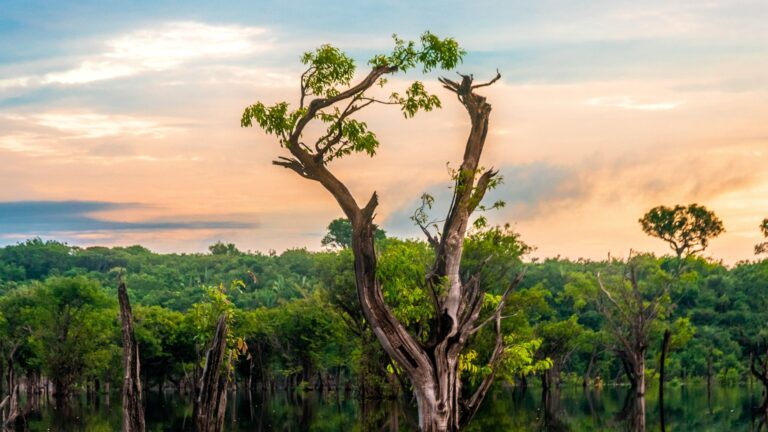Unlock the mysteries and hidden potential of one of Earth’s most valuable assets: the rainforest. These lush, green powerhouses, teeming with biodiversity, offer more than just a spectacle for the eyes. They play an instrumental role in sustaining our planet’s health and ensuring a sustainable future. Dive into an exploration of the irreplaceable power of rainforests and their critical importance for Earth’s wellbeing.
From acting as Earth’s lungs, absorbing millions of tons of carbon dioxide annually, to being the home for countless unique species, rainforests are the vibrant heart of our planet. Yet, despite their immense value, these ecosystems face incessant threats due to human activities. Gain a comprehensive understanding of the ongoing challenges rainforests face and the dire consequences of their potential loss.
Discover the innovative solutions and initiatives taken to conserve these vital ecosystems, bringing hope to the future of our planet. This exploration will shed light on the efforts from dedicated conservationists, local communities, and governments to protect and preserve our precious rainforests.
Step into a world of rich biodiversity, untapped potential, and intrinsic beauty as we delve into the importance of rainforests for our planet’s health and future. Prepare for an enlightening journey, revealing the interconnection between human activities and the vitality of the world’s most diverse and largest living structure: the rainforest. 🌿🌍
The Integral Role of Rainforests in Earth’s Climate
As we delve into the core of our topic, it’s crucial to first understand the paramount role of rainforests in maintaining the Earth’s climate. Rainforests have often been referred to as the “Earth’s lungs”, a name they’ve earned due to their vital contribution to the global carbon cycle. These lush ecosystems are capable of storing immense amounts of carbon dioxide, a greenhouse gas that has significant implications for global warming.
The process is fairly straightforward. Trees in the rainforest absorb carbon dioxide during photosynthesis, a process that also releases oxygen into the atmosphere. The carbon absorbed is then stored in the tree’s biomass, effectively removing it from the atmosphere. In fact, it’s estimated that tropical rainforests store more than 210 gigatons of carbon. This storage capability significantly helps in mitigating the effects of climate change.
Deforestation: A Threat to Carbon Storage
However, the ability of rainforests to store carbon is under threat due to rampant deforestation. As trees are cut down, the stored carbon is released back into the atmosphere, contributing to increased levels of carbon dioxide. The loss of these ecosystems also means less carbon dioxide will be absorbed from the atmosphere in the future. Studies indicate that tropical deforestation is responsible for about 15% of global carbon emissions, highlighting the critical need for forest conservation.
Biodiversity: The Heart of Rainforests
Beyond their climate role, rainforests are also the heart of Earth’s biodiversity. They are home to a staggering number of species, many of which are found nowhere else in the world. It’s estimated that rainforests house approximately 50% of the world’s species, despite covering just 6% of the Earth’s land surface.
Importance of Biodiversity
The rich biodiversity found in rainforests is crucial for several reasons. It plays an essential role in maintaining the stability of ecosystems by promoting a balance and variety of species. This biodiversity also has direct benefits for humans, as it is a source of food, medicine, and raw materials. Furthermore, it drives ecotourism, providing livelihoods for many local communities.
Rainforest Water Cycle: A Global Impact
Rainforests also have a profound influence on the water cycle. Through a process known as evapotranspiration, they release large amounts of water vapor into the atmosphere. This vapor travels around the globe, influencing rainfall patterns far beyond the borders of the rainforest.
The Amazon: A Case Study
Take the Amazon rainforest, for example. This massive ecosystem acts as a ‘weather engine’, driving weather patterns across South America and even influencing atmospheric circulation globally. Researchers estimate that the Amazon alone releases 20 billion tonnes of water vapor into the atmosphere every day.
Indigenous Communities and Rainforests
Lastly, we must not forget the human element of these ecosystems. Rainforests are home to millions of indigenous people who rely on these lands for their survival. These communities have lived in harmony with the forests for generations, utilizing their resources sustainably.
The Guardians of the Forest
Indigenous communities are often referred to as the “guardians of the forest.” Their intimate knowledge of the rainforest ecosystems and sustainable practices have proven invaluable in conservation efforts. Evidence suggests that deforestation rates are significantly lower in areas managed by indigenous people, underlining their crucial role in preserving these ecosystems for future generations.
Rainforests store more than 210 gigatons of carbon.
Tropical deforestation is responsible for about 15% of global carbon emissions.Rainforests house approximately 50% of the world’s species.
The Amazon releases 20 billion tonnes of water vapor into the atmosphere every day.
Deforestation rates are significantly lower in areas managed by indigenous people.
Unlocking the power of rainforests is not just about understanding their vital role. It’s also about taking action to protect these precious ecosystems. They are the lifeblood of our planet, and their health is inextricably linked to our own. It’s high time we recognize their worth and take decisive steps to ensure their preservation.
Sustainable Solutions: Reversing the Tide of Deforestation
The alarming rates of deforestation have prompted urgent calls for change across the globe. However, it is not all doom and gloom — innovative and practical solutions are emerging that offer a path forward. From government action to grassroots efforts, the movement to save the rainforests is gaining momentum.
Legal Protections and Policy Enforcement
Governments play a crucial role in protecting rainforest ecosystems through the implementation and enforcement of environmental laws. Protected areas, national parks, and forest reserves have been established in many countries to prevent illegal logging and land clearing. For example, countries like Costa Rica have successfully reversed deforestation trends through strong policy measures and reforestation incentives.
However, enforcement remains a challenge. Corruption, weak governance, and competing economic interests often hinder progress. Strengthening legal frameworks and ensuring transparent monitoring are essential for real change.
Agroforestry and Sustainable Agriculture
Agriculture is one of the main drivers of deforestation, especially in tropical regions. However, it can also be part of the solution. Agroforestry — the integration of trees and shrubs into farmland — is an effective method to reduce pressure on forests. This practice enhances soil fertility, boosts crop productivity, and provides habitat for wildlife, all while supporting farmers’ livelihoods.
In regions like the Amazon, initiatives that support sustainable harvesting of nuts, fruits, and medicinal plants from the forest — without clearing trees — have proven successful in preserving biodiversity and generating income.
Community-Based Forest Management
Local communities and indigenous groups are increasingly recognized as key partners in conservation. By giving these communities legal rights to manage their forests, studies show that deforestation rates decline significantly. Community-based forest management empowers people to protect their environment while benefiting economically from its sustainable use.
Training programs, access to green markets, and investments in local governance can help scale these models, offering a blueprint for inclusive and effective conservation.
The Role of Technology in Forest Conservation
Modern technology is revolutionizing how we monitor and protect the world’s rainforests. From satellites to artificial intelligence, a new era of conservation is taking root — one that is more precise, data-driven, and collaborative.
Satellite Monitoring and Deforestation Alerts
Organizations like Global Forest Watch use satellite data to track changes in forest cover in near real-time. These systems send alerts when illegal logging or land clearing is detected, allowing authorities and NGOs to respond rapidly. This transparency increases accountability and helps enforce environmental laws.
Drones and Remote Sensing
Drones provide high-resolution images of forests, allowing researchers to map vegetation, monitor wildlife, and assess damage after natural disasters. Remote sensing technologies can measure canopy height, detect forest fires, and even estimate carbon stocks — all without disturbing sensitive ecosystems.
Artificial Intelligence and Big Data
AI algorithms are being trained to analyze massive amounts of environmental data, identifying patterns and predicting deforestation risks. This allows for smarter planning and resource allocation. Combined with local knowledge, technology becomes a powerful ally in conservation efforts.
Hidden Treasures: Rare Species and Untapped Resources
Rainforests are treasure troves of natural wonders. Beyond their well-known wildlife like jaguars, toucans, and poison dart frogs, these forests harbor countless species still unknown to science. It’s estimated that one new species is discovered in the Amazon every three days.
Potential for Medicine
Over 25% of modern medicines are derived from rainforest plants. Yet, less than 1% of tropical trees and plants have been studied for their medicinal properties. The cure for cancer, Alzheimer’s, or other major diseases may still be hidden in the depths of a rainforest waiting to be discovered. Rainforests offer unique biochemical compounds found nowhere else on Earth, many of which have shown promising results in treating infections, inflammation, and chronic conditions. Expanding scientific exploration of these plants could revolutionize healthcare and yield breakthroughs for generations to come.
Genetic Diversity and Climate Resilience
Rainforests are reservoirs of genetic diversity. This diversity is vital for developing crops that are resistant to disease, drought, or extreme weather — traits that will become increasingly important as the global climate changes. Protecting rainforests is not just about conserving species; it’s about preserving the biological toolkit for humanity’s future resilience. Moreover, this genetic wealth is crucial for food security, providing the building blocks for adapting agriculture to a rapidly changing environment and ensuring stable harvests for future generations.
Rainforests and Global Health
The benefits of rainforests extend beyond biodiversity and climate regulation. They also play a crucial role in global health — including the prevention of disease outbreaks and the purification of air and water.
Natural Disease Barriers
Undisturbed rainforests act as natural buffers between humans and wildlife. When forests are cleared, animals are forced into closer contact with human populations, increasing the risk of zoonotic diseases — illnesses transmitted from animals to humans. Ebola, HIV, and possibly COVID-19 are believed to have originated through such transmissions. Protecting forests can therefore help prevent future pandemics.
Purification and Ecosystem Services
Rainforests filter and purify water, reduce soil erosion, and regulate local temperatures. Urban areas surrounded by forests often experience lower heat extremes and better air quality. In this way, forest conservation is directly linked to the health and wellbeing of people around the world.
The Power of Education and Global Action
Ultimately, lasting rainforest protection begins with awareness. Environmental education at all levels — from primary schools to policy forums — is essential in building a culture of sustainability. Media, documentaries, and grassroots campaigns also play a key role in shifting public perception and inspiring action.
Consumer choices matter too. Choosing sustainably sourced products, supporting eco-friendly brands, and reducing meat consumption (especially beef, which is linked to deforestation in the Amazon) are everyday actions that create global ripple effects.
International cooperation is also vital. Rainforests are a global resource, and their protection requires collaboration across borders. Initiatives like the REDD+ program (Reducing Emissions from Deforestation and Forest Degradation) provide financial incentives for developing countries to preserve forests and reduce carbon emissions.
Conclusão
In conclusion, the importance of rainforests to our planet’s health and future cannot be understated. These lush ecosystems are vital in mitigating climate change, maintaining biodiversity, and ensuring the wellbeing of many indigenous communities. As the ‘lungs of the Earth’, they absorb vast amounts of carbon dioxide, acting as a natural buffer against global warming. In addition, they are a treasure trove of biological diversity, hosting millions of species, many of which are yet to be discovered. This rich tapestry of life is not only intrinsically valuable, but it also holds potential benefits for medicine, agriculture, and other fields. Furthermore, rainforests play an essential role in supporting the livelihoods and cultures of countless indigenous people. However, these invaluable ecosystems face serious threats, including deforestation and climate change. It is therefore imperative that we unlock their power and take urgent action to protect and sustain them. The health of our planet and the future of our species are inextricably linked with the fate of the rainforests. Their conservation should be a priority for everyone, everywhere. 🌳🌍🌿



